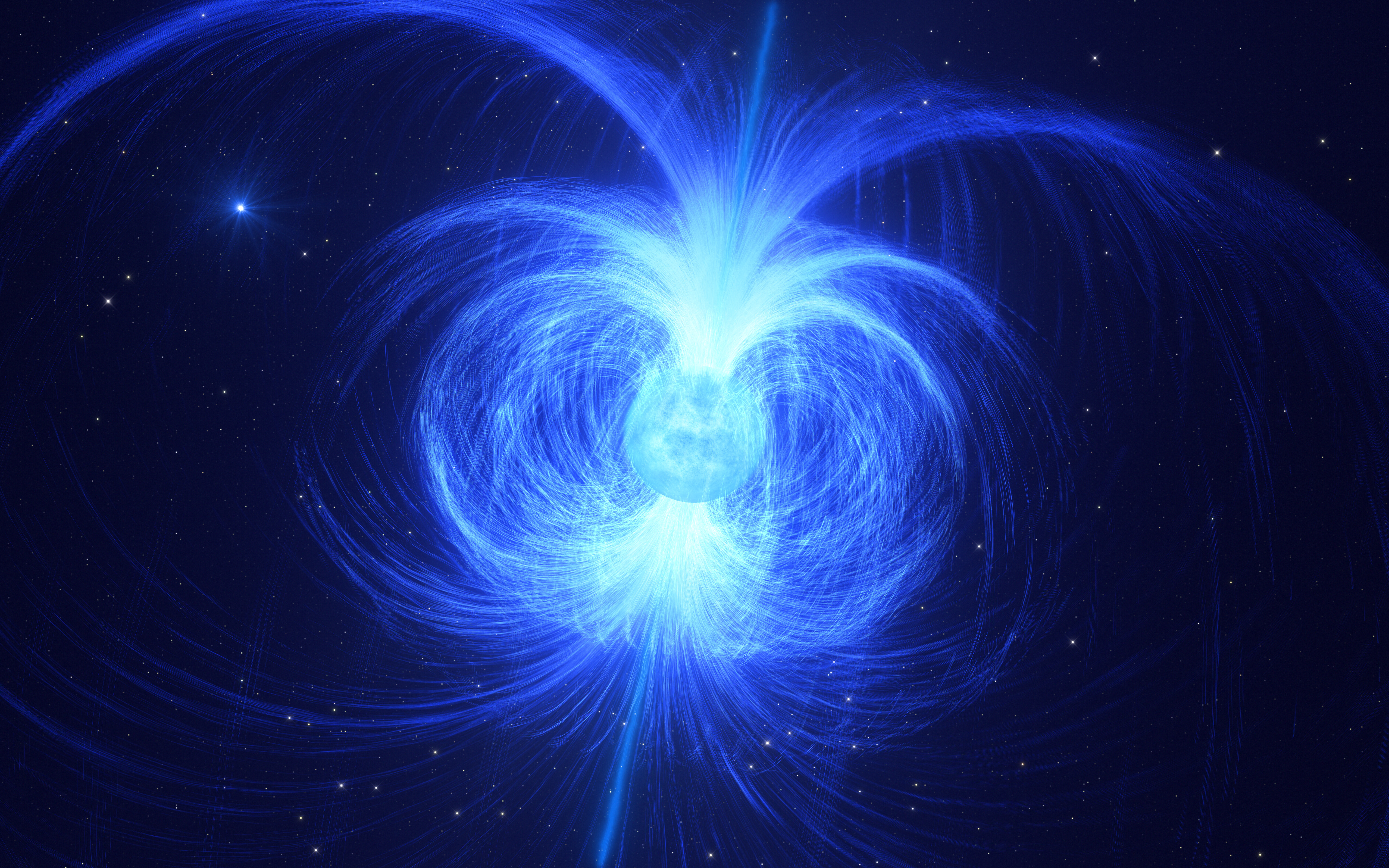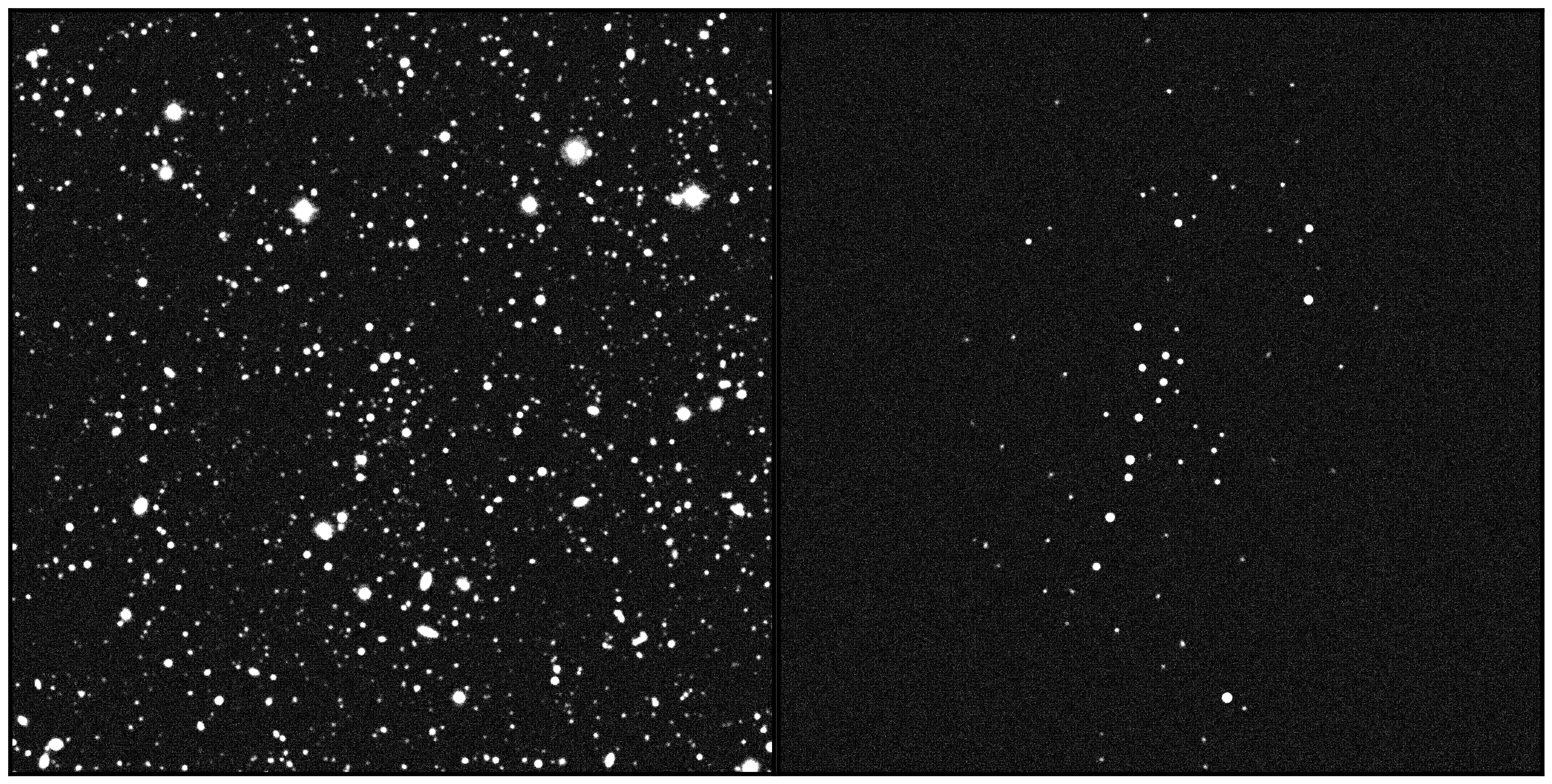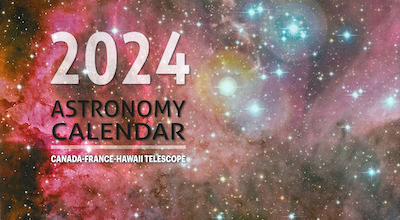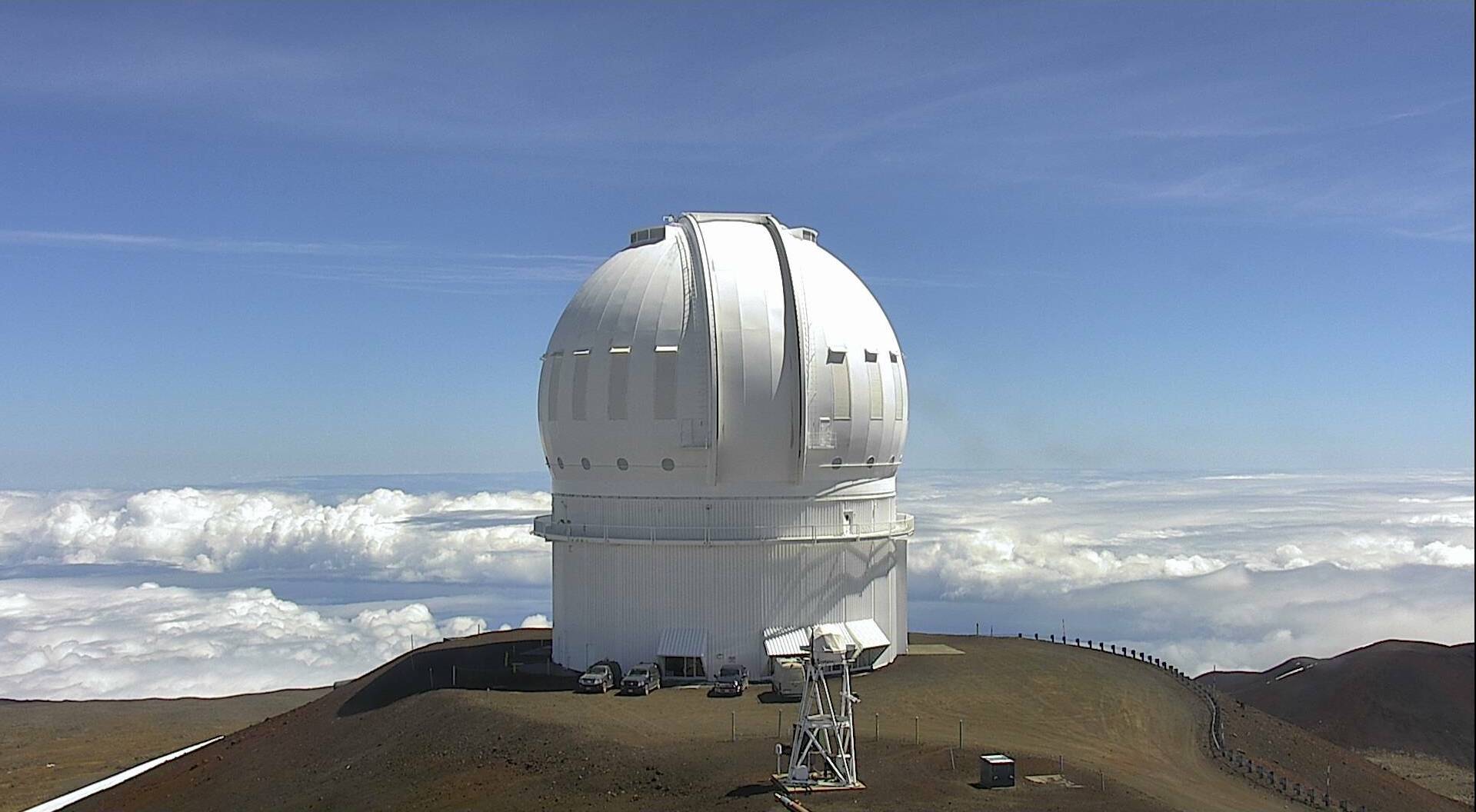Astronomers Find Progenitor of Magnetic Monster
A team of researchers led by Tomer Shenar at the University of Amsterdam found a highly unusual star that has the most powerful magnetic field ever found in a massive star. The star, HD 45166, may one day become one of the most magnetic objects in the Universe: a type of neutron star known as a magnetar. This finding marks the discovery of a new type of astronomical object — a massive magnetic helium star — and sheds light on the origin of mysterious magnetars.
Neutron stars, the compact remains of massive stars that explode as a supernova, are made of the densest matter in the Universe. Some neutron stars, known as magnetars, also claim the record for the strongest magnetic fields of any object. How magnetars, which are a mere 15 kilometers (about 9 miles) across, form and produce such colossal magnetic fields remains a mystery.
New observations by a team of astronomers may shed important light on the origin of these magnetic powerhouses. Using various telescopes around the globe, including ESPaDOnS at CFHT, the researchers have identified a new type of astronomical object — a massive magnetic helium star. Massive helium stars have very high surface temperatures, strong stellar winds, high abundances of heavy elements, and much less hydrogen than typically found in other stars. Prior to the team’s announcement, massive magnetic helium stars were not on astronomers’ radar.
Despite more than a century of observations by astronomers, little was known about the true nature of HD 45166, beyond the fact that it is rich in helium, somewhat more massive than our Sun, and part of a binary system.
Having studied similar helium-rich stars before, Shenar was intrigued by the unique characteristics of HD 45166, which is located 3000 light-years away. He suspected that magnetic fields could explain what he was seeing.
“This star became a bit of an obsession of mine,” said Shenar. "I remember having a Eureka moment while reading the literature: ‘What if the star is magnetic?’”
Shenar and his collaborators set out to test this hypothesis by taking new observations of this star system with the instrument ESPaDOnS installed at CFHT. The observations were taken using the spectropolarimetric mode of the instrument, which enables astronomers to measure the magnetic field of stars. Spectropolarimeters, like ESPaDOnS, are relatively uncommon instruments.
These observations revealed that HD 45166 has a phenomenally powerful magnetic field, about 43,000 gauss. For comparison, the magnetic field of the Sun is 1-2 gauss and its sunspots reach up to 3,000 gauss.
In addition, by studying how HD 45166 interacts with its companion star, the team was able to make precise estimates of its mass and age, leading the team to speculate that, unlike other helium stars that eventually evolve from a red supergiant, this particular one was likely created by the merger of a pair of intermediate-mass stars.
After taking a look at the data, Shenar reached out to co-author and stellar magnetic field expert Gregg Wade, from the Royal Military College of Canada, and asked him to examine the data.
“Gregg looked at the data and replied ‘Well my friend, whatever this thing is, it’s is definitely magnetic’,” said Shenar. “It’s exciting to discover a new type of astronomical object, especially when it’s hiding in plain sight all along.”
In a few million years, HD 45166 will explode as a very bright, but not particularly energetic supernova. During this explosion, its core will contract, trapping and concentrating the star’s already daunting magnetic field lines. The result will be a neutron star with a magnetic field of around 100 trillion gauss — the most powerful type of magnet in the Universe. Prior to the team’s discovery, astronomers believed the most likely magnetar formation scenarios involved stars much more massive than HD 45166.
“Magnetars are rare and mysterious objects, so the team’s discovery of the first massive magnetic helium star that will later become a magnetar enhances our understanding of their formation,” said Nadine Manset, CFHT’s director of science operations and ESPaDOnS instrument scientist. “ESPaDOnS is an ideal instrument for measuring the magnetic fields of stars and it is always rewarding to see it unveil new magnetic secrets of stars.”
CFHT is located on Maunakea, land of the Kānaka Maoli people, and a mountain of considerable cultural, natural, and ecological significance to the Native Hawaiian people.
Article Links:
Media Contacts
Mary Beth Laychak
Director of Communications and Community Engagement, Canada-France-Hawai'i Telescope
808-885-3121
laychak@cfht.hawaii.edu





